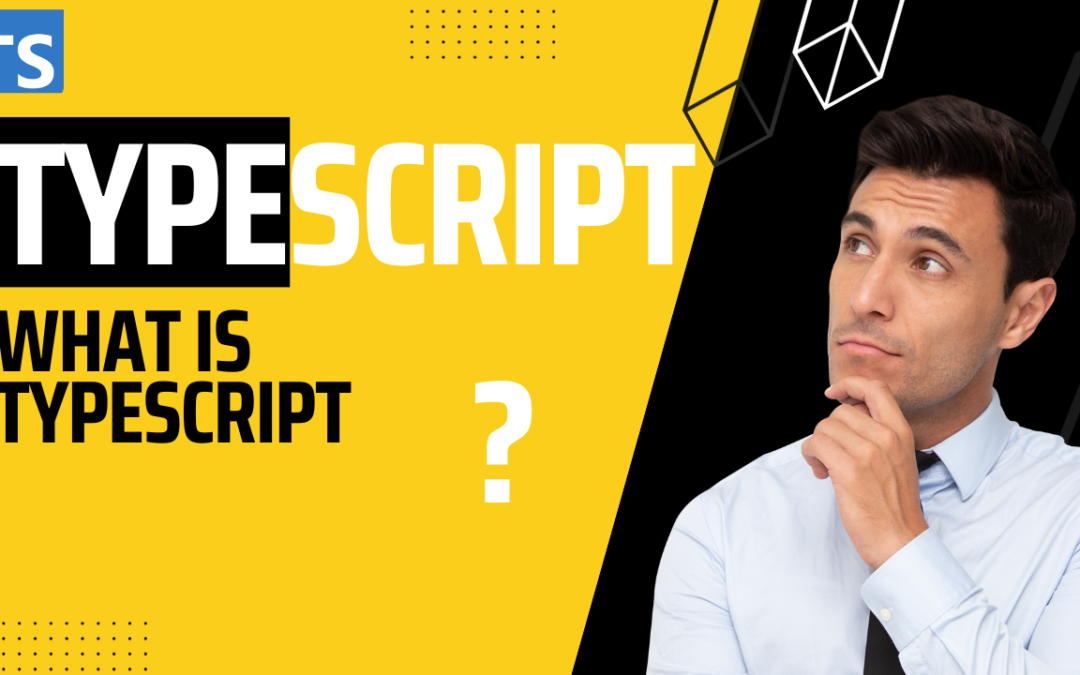TypeScript is a superset of JavaScript that introduces static typing to the language. In simpler terms, it’s like adding a layer on top of JavaScript that enables developers to write more structured and maintainable code.
Unlike JavaScript, where types are inferred at runtime, TypeScript allows us to define types during development. This means catching potential errors during the coding phase rather than encountering them at runtime, which enhances code reliability and productivity.
Advantages of TypeScript
Now, why should you consider using TypeScript over JavaScript? Let’s explore a few key advantages.
-
Type Safety: With TypeScript, you can define types for variables, functions, and more. This helps in detecting and preventing errors early in the development process.
-
Enhanced IDE Support: TypeScript provides better tooling and IDE support. Features like auto-completion, code navigation, and refactoring tools significantly boost developer productivity.
-
Readability and Maintainability: By adding types, TypeScript code becomes more self-explanatory and easier to understand for developers, making maintenance and collaboration smoother.
-
Compatibility with JavaScript: TypeScript is a superset of JavaScript, meaning all existing JavaScript code is valid TypeScript. You can gradually adopt TypeScript in your projects without rewriting existing code.
Overview of TypeScript’s Features
TypeScript offers a plethora of features that aid in creating scalable and robust applications. Some of the notable features include:
- Interfaces and Types: Allows defining custom data types and structures.
- Classes and Objects: Brings object-oriented programming concepts to JavaScript.
- Generics: Enables writing reusable code by working with multiple data types.
- Modules: Helps in organizing and structuring code into reusable components.
These features, among others, contribute to making TypeScript a powerful and versatile language for modern web development.
That wraps up our introduction to TypeScript. In the next chapter, we’ll dive deeper into TypeScript basics, starting with variables and data types.

